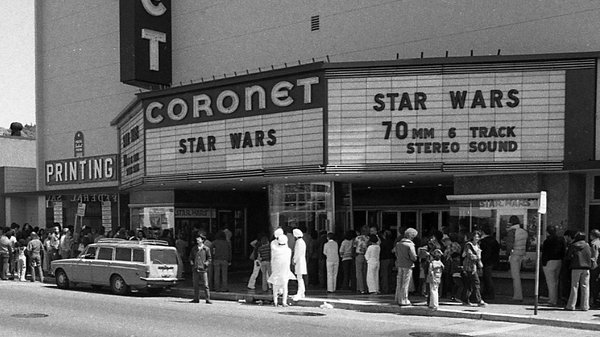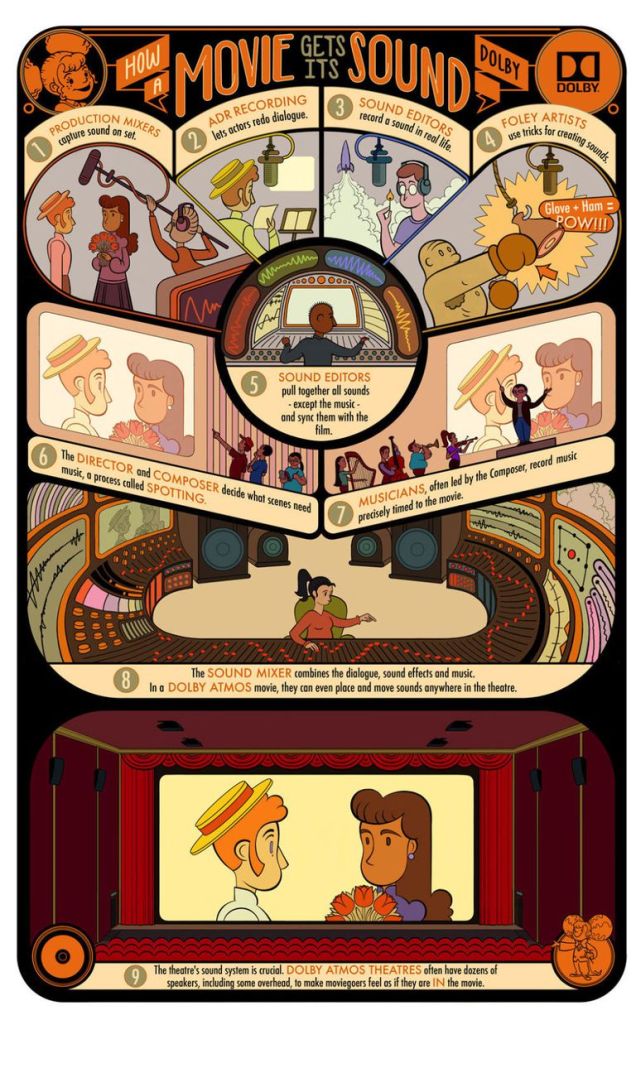Original clip:
Process:
Firstly I recorded sounds with David and Brandon in the recording studio in time with the clip (foley session). We wrote down which sounds would be made in the clip:


I recorded sounds for:
- the wind
- the barrel clang
- dialogue for Sam
and then edited it together using Adobe Audition:
Firstly I imported all my sounds and the clip into adobe audition:

I then found and looped my background noises (waves and wind):
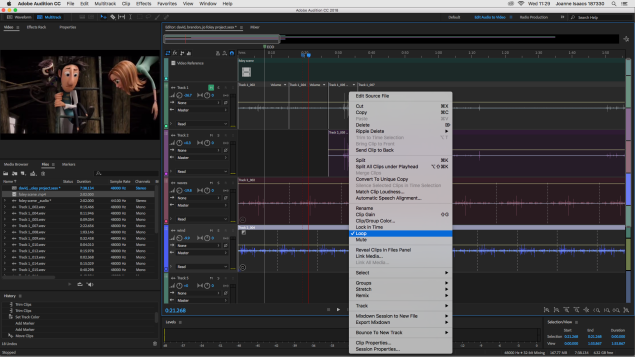

Then I added the footsteps in which were recorded in time with the footsteps on the screen, making them easy to line up:
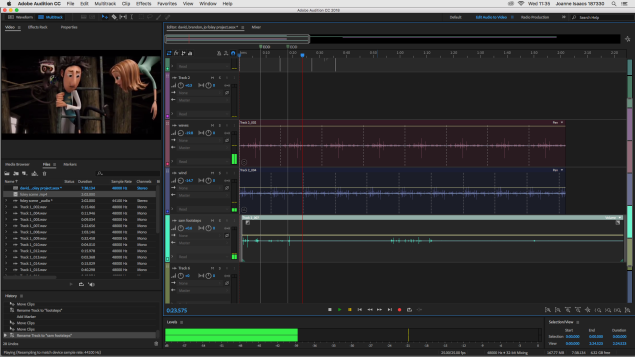
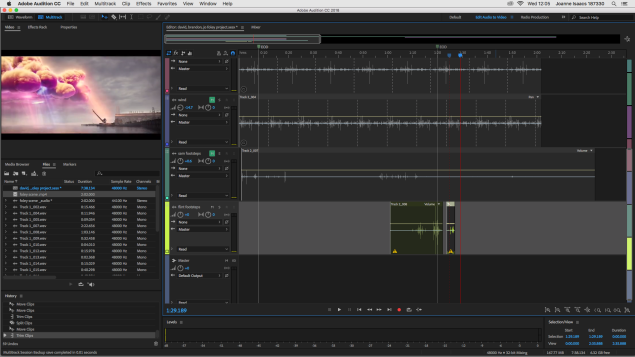
After this I added in the barrel clang:
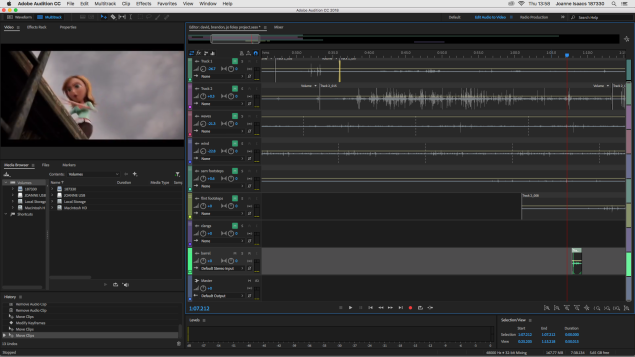
and then the noise of the pickle hitting the water:

I then wanted an underwater noise effect for when it cuts to the fish underwater so I researched how to create it using this source:
anonymous. (2018). filtering sounds to make it appear underwater .Available: https://sound.stackexchange.com/questions/24644/filtering-sounds-to-make-it-appear-underwater. Last accessed 31/01/2019.
and took this answer:

and tried it out:
first I spit and moved the part of the clip I wanted for the underwater scene:

I then added a chorus effect:
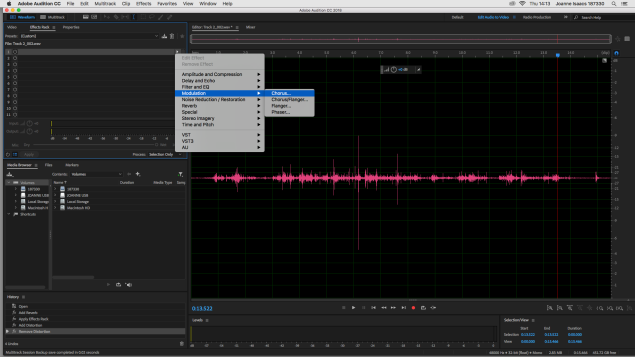
And it was successful.
Afterwards I added in the sound for the storm clouds:
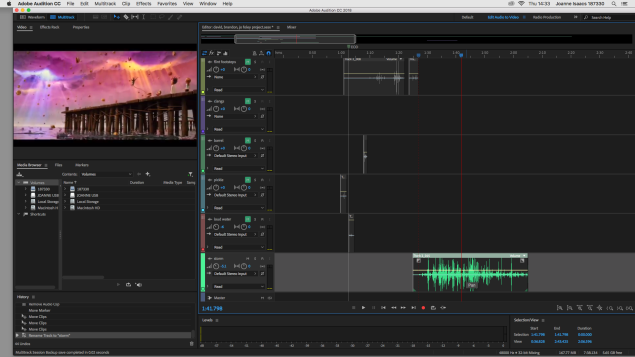
and reduced the volume slightly as it was a bit loud when we recorded it:

I then added the sound of the burgers falling:

after this I realised i needed music for the background so went online to download some copyright free tracks:
filmstro. (2019). royalty free shocking music. Available: https://filmstro.com/music/shock. Last accessed 31/01/2019.
and downloaded some music tracks and added them in:

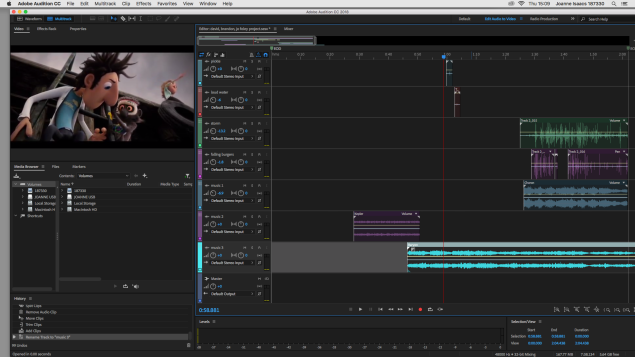
I then needed a sound effect for when Flint gets hit in the eyes by Sam’s feet so i researched and downloaded one:

Koenig, M. (2009). squish 1 sound. Available: http://soundbible.com/511-Squish-1.html. Last accessed 31/01/2019.
and added it to my project:
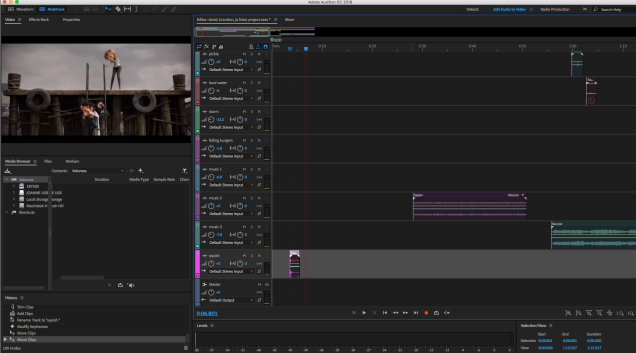
Now i needed to add my dialogue so I imported it into my project and added it in the right places:
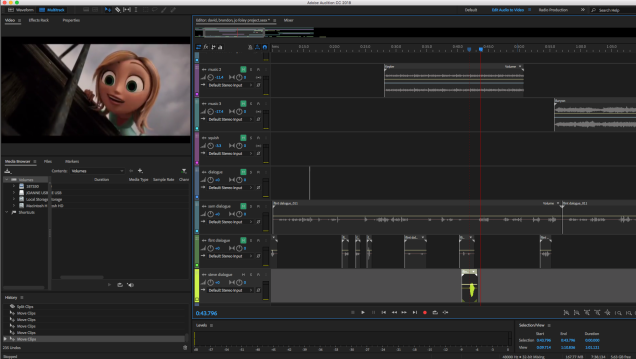
I then exported it to premiere pro to sync it with the video, ready to upload to youtube.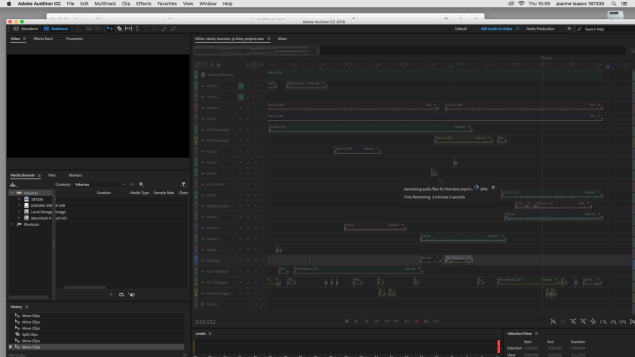
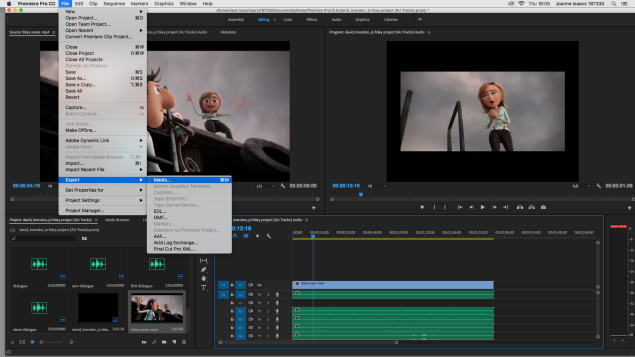
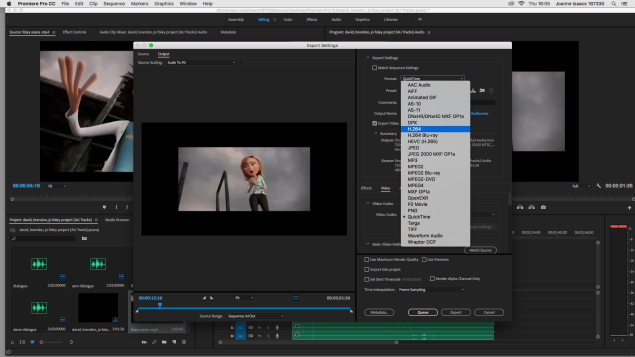
afterwards I uploaded the final piece to YouTube:
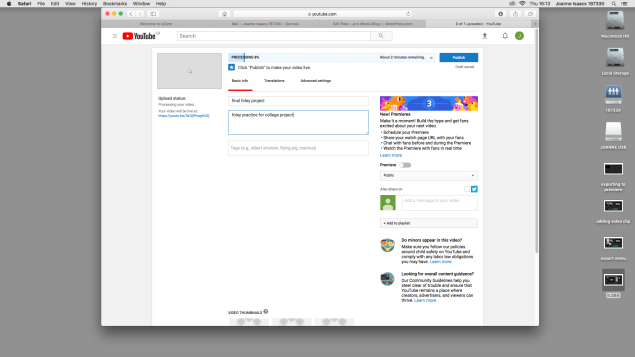
ands this is the final outcome:
Reflection
This project was a bit difficult as it was something very brand new that I had never experienced before but I think the final product turned out very well and creating the sounds was a lot of fun. I found syncing the audio to the sound effects a bit difficult as well but once I got some practice it became easier and easier.

